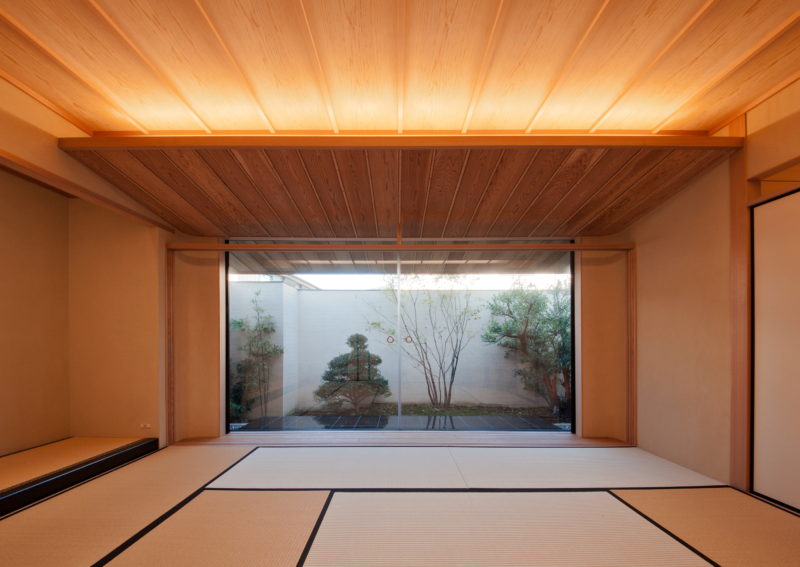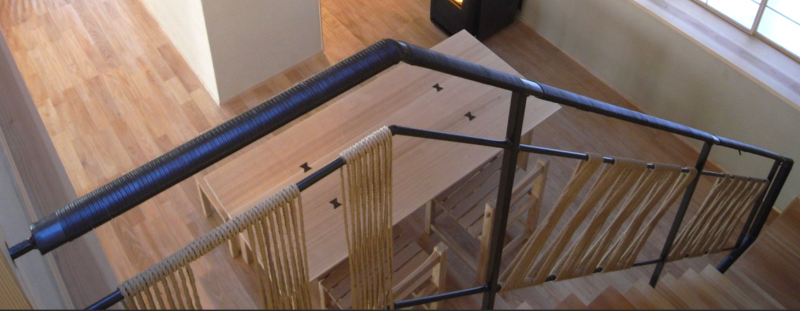Nagoya City, Aichi Prefecture
Concrete House

In the case of metal-inspired housing, you need to understand how to create an overall impression. You need to understand whether the sense of materiality or presence is important, and how both design and living are to be integrated. In this project, where the emphasis is on modernity rather than massing, in addition to AICHI METAL’s usual finishes, we are also conscious of improving the overall paint impression. Interaction with the construction side in our company involves a large number of proposals. We propose samples to the design side, taking into account their intentions, and then we reconcile our perceptions. We confirm a wide range of items such as materials, textures, surface treatment patterns, etc., one by one during this exchange, which takes place at least once or twice a year. Of course, in many cases we are charged for samples, but we take the initiative to test items that we understand are a challenge for our company. We don’t want to miss an opportunity.
On presence
Stainless steel was chosen for this project because of its compatibility with the concrete that gives the overall impression of the house. There are various surface treatments for stainless steel, such as etching, hairline and pearskin. In particular, our company also focuses on research and development of stainless steel colouring and chemical treatments. At present, we are in the middle of researching processing treatments from an academic perspective, with an engineer who has retired from a major steel manufacturer as an advisor. The stainless steel in this case has a hairline finish, which creates a flow in the staircase and entrance area. We believe that the hairline finish on stainless steel is a technique that creates an elegant yet modern impression. We feel that this treatment is particularly compatible when used on houses, where it gives the impression of guiding people’s movement.
On expressiveness
Metals still have countless expressive potential. However, metals used in architecture represent only a small fraction of the overall metal sector. Metals such as high nickel steel, for example, are used in the semiconductor and energy sectors, and there are countless varieties used on a daily basis in advanced industries, but they are very expensive and are rarely used in architecture, which requires a certain volume. They are more remote, as they are also materials that can only be competed with by advanced cutting techniques. There are countless such materials in metals. They are too numerous to be counted. Furthermore, new metal materials are being developed day and night in various research institutes. This is where the wisdom of metalworking lies. The same applies to technology in fields other than metals. One of our missions at AICHI METALS is to keep our antennae up for everything and to think about what new ideas and technologies in our field can come from all of this. We believe that new ideas for technology will always lead to the creation of new designs and designs.




